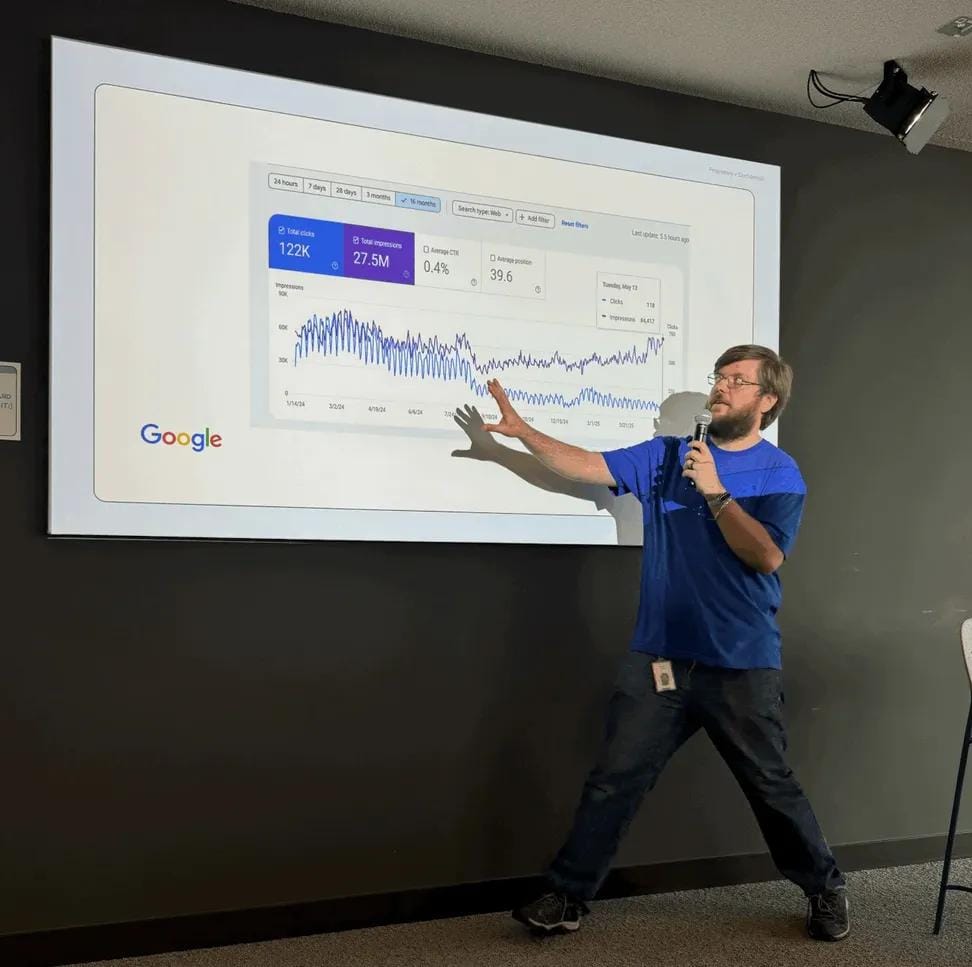Beyond the Click: Understanding Organic Traffic Changes
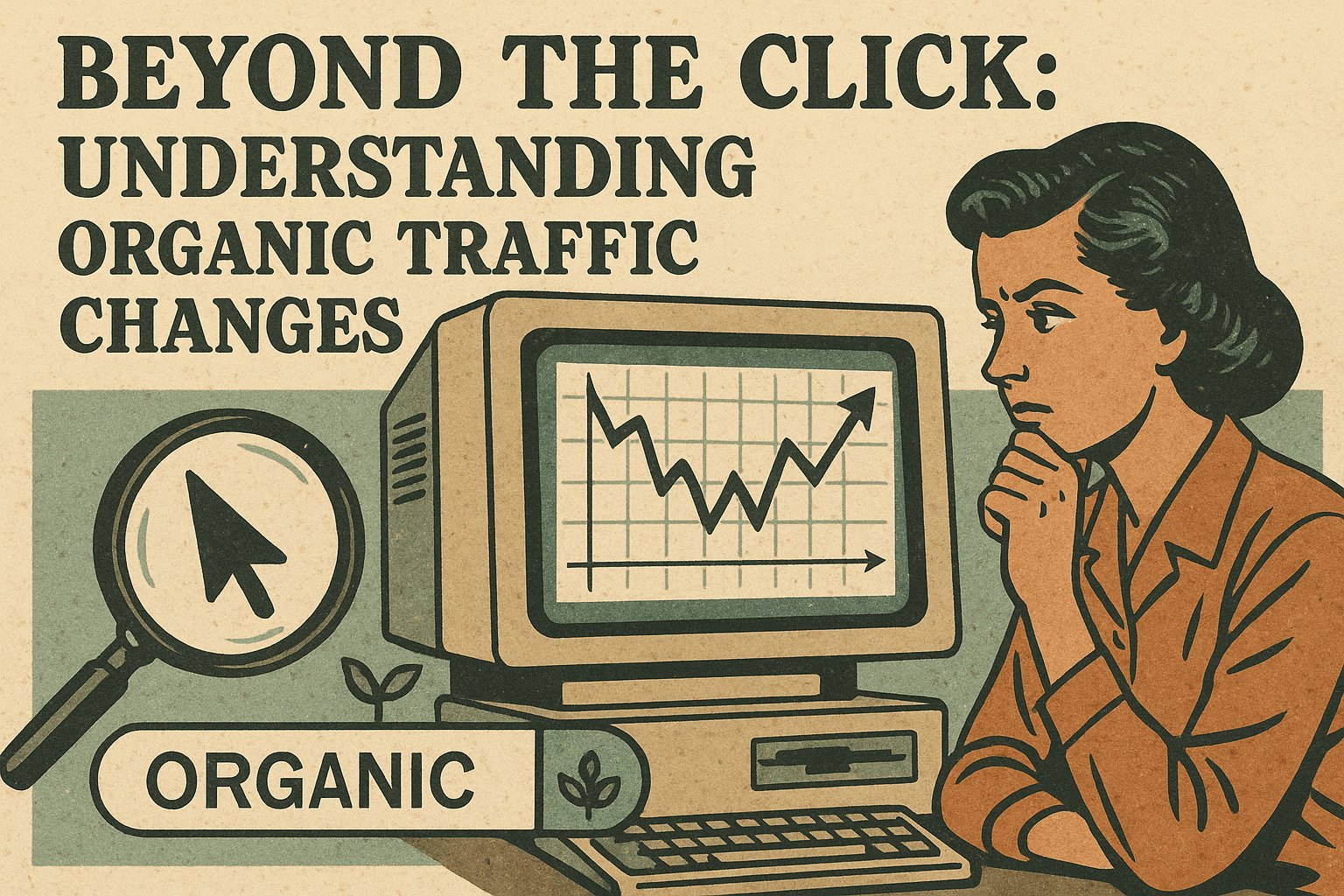
This edition of the SEO Riddler is brought to you by Ahrefs. Ahrefs is an all-in-one marketing intelligence platform. Thank you Ahrefs for sponsoring this post!

The easiest part of reporting is doing month-over-month and year-over-year comparisons. There's no magic behind pulling numbers — the real skill is interpreting them and understanding what they signify.
For example, look at this screenshot from GSC (I used Agital chrome extension to automatically calculate the percentage change)
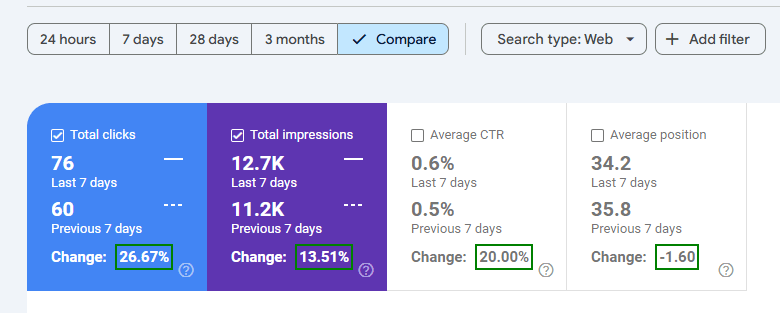
What does a 26.7% increase in clicks week over week really mean? It’s the meaning behind those numbers that counts, and you know what? this is the most challenging part of data analysis because it requires moving beyond simple observations.
Understanding this meaning is crucial. That's what I want to discuss today: how to go beyond surface-level analysis like merely noting the percentage change and become more strategic in your data analysis and reporting for SEO.
The DIKW Pyramid in SEO
This pyramid shows how one stage takes you to the next, till you achieve the highest form of understanding: "wisdom".
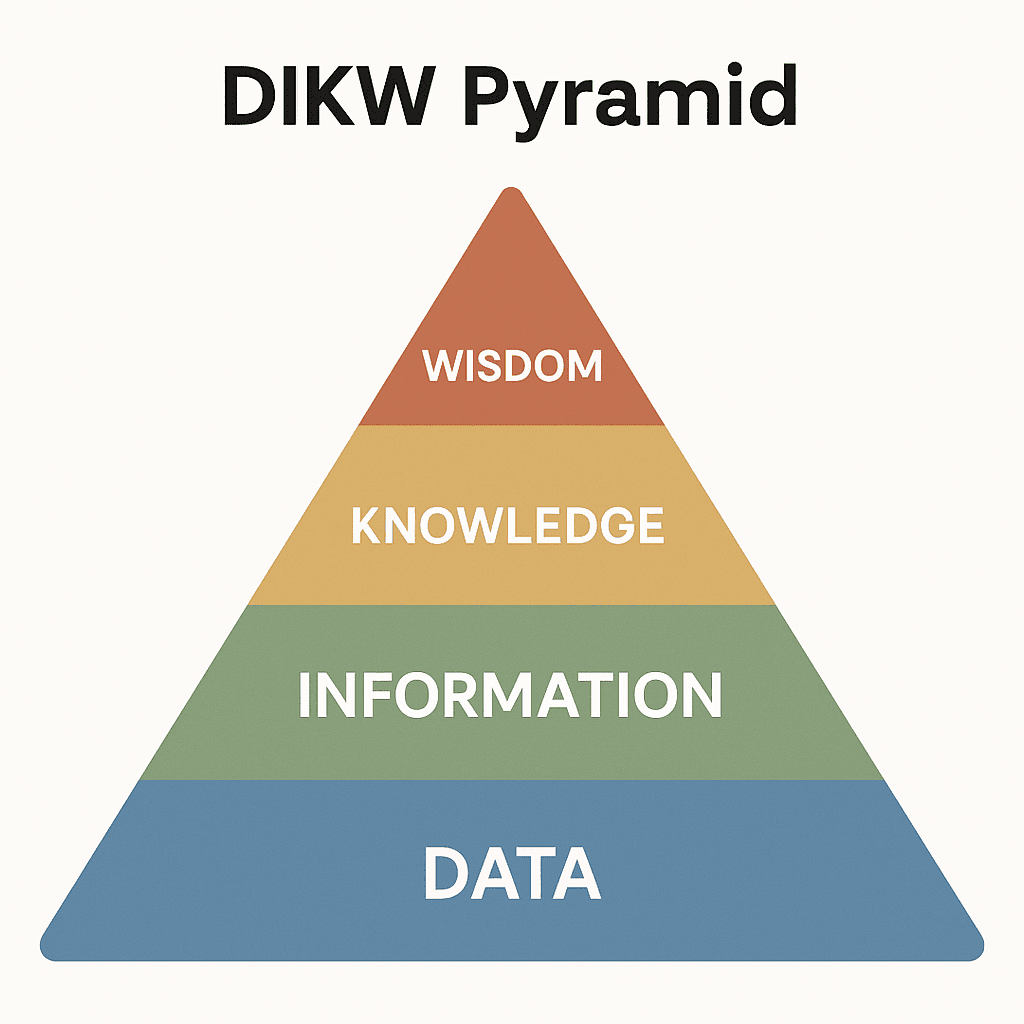
- SEO Data: Think of this as a collection of numbers, raw, unprocessed facts and figures without context. Things like:
- Search volume numbers for keywords
- Click-through rates from search results
- Bounce rates on landing pages
Back to our example:
So, saying something like "1000 clicks in March and 1500 clicks in April" is just raw data with no context. This is important to understand because stating figures and facts like this is NOT SEO REPORTING.
- SEO Information: This involves organizing data to find a pattern. It's when we put data into context like trends, comparisons, or growth rates, it becomes information that starts to answer 'what' happened. SEO information looks like this:
- Organic traffic increased by 10%
- A specific keyword ranking moved 5 positions up
Back to our example:
Saying something like "there's a 26.7% increase in clicks week over week" is information with more context. I think we can all easily arrive at this level of reporting as well.
- SEO Knowledge: Knowledge is the answer to a simple question "how" did this happen?
Back to our example:
Saying something like "the 26.7% increase in clicks week over week is spread across many different search terms and not a specific keyword group/theme, which means that this increase is due to an overall improvement in website performance." is SEO knowledge, because you:
- identified a pattern
- connected multiple data points
- provided an interpretation, so it goes beyond what happened (information) to explain how it happened (knowledge).
- SEO Wisdom: This is the highest level of understanding, where you can make strategic SEO decisions by understanding the why behind what happened and determining the best course of action moving forward.
Now Back to our example:
Saying something like, "the 26.7% increase in clicks week over week is spread across many different search terms and not a specific keyword group/theme, which means that this increase is due to an overall improvement in website performance. This improvement is due the to regular addition of new, optimized, high-value content that brings traffic and engagement from other channels than SEO".
Tools can help uncover this 'why'
A perfect example is using the Ahrefs Webmaster Tools Dashboard here. In the screenshot, you can see that there's an increase in organic traffic, that's aligned with an increase in the number of organic keywords, which is NOT due to an increase in the number of pages, but rather due to an increase in branded searches!!!!
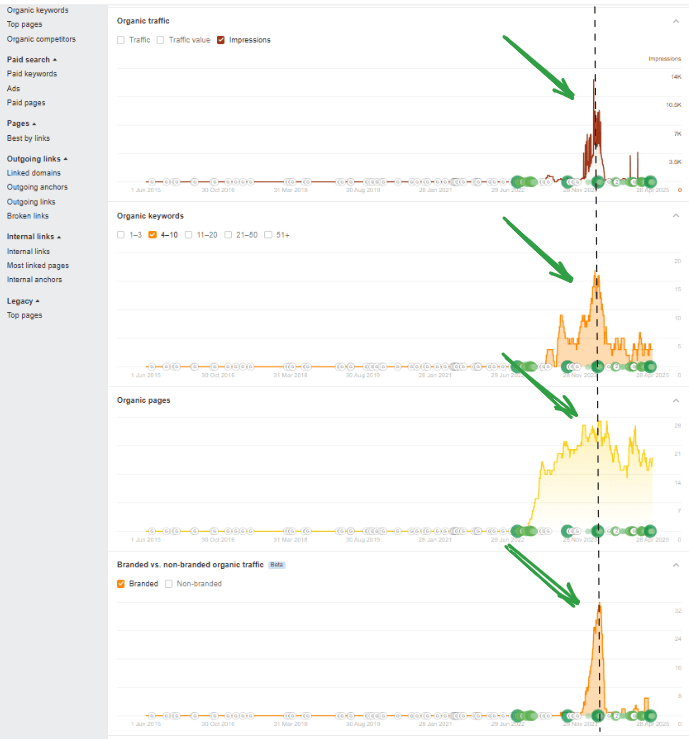
So, now we have a new piece of SEO Wisdom derived from this specific Ahrefs data: "there's a direct relation between the increase in branded searches, the number of keywords you are ranking high for, and thus your organic traffic".
Are you familiar with the 5 Whys concept?
In the old days, I used to report on the data and information levels, but then I learned to do one thing that made all the difference in my thinking, data analysis and reporting.... I asked more "why".
There's a technique called the 5 Whys that helps you identify the root cause of a problem; here's a short video that explains it very well!
In SEO, you may want to use it like this:
- Traffic increased
- (1) Why "did the traffic increase" ?
- Because our branded searches increased.
- (1) Why "did the branded searches increase" ?
- Because we are appearing more and more in AI Overviews.
- (1) Why "are we appearing more in AI Overviews" ?
- Because we have been optimizing for featured snippets and updating our product pages and optimizing our Youtube videos all that impact visibility in AI Overviews.
Obviously, there are only 3 whys here, and from my experience, you often only need to ask why 3 times in SEO to reach a good conclusion! The more you ask "why," the further you move beyond numbers and trends — and the closer you get to real strategic insight.
Conclusion
Things are not always what they seem at the surface level; there's usually more to uncover! Finding the story behind the data is what separates those who can't see the forest for the trees from true SEO strategists!
Next time, divide your reporting into 4 stages:
- Data collection
- Going from data to information by combining data points and finding patterns and trends.
- Going from information to knowledge by asking "how did this happen"?
- And going from knowledge to SEO Wisdom by asking over and over (ok, just 3 times is usually enough 😃) "why"....
Hope you found this useful.
Until next time, aller! Go turn your data into SEO wisdom.
Disclaimer: Different AI helped me phrase and word this blog with minimal changes to my original text. Image is generated by chatgpt.
The SEO Riddler Newsletter
Join the newsletter to receive the latest updates in your inbox.


